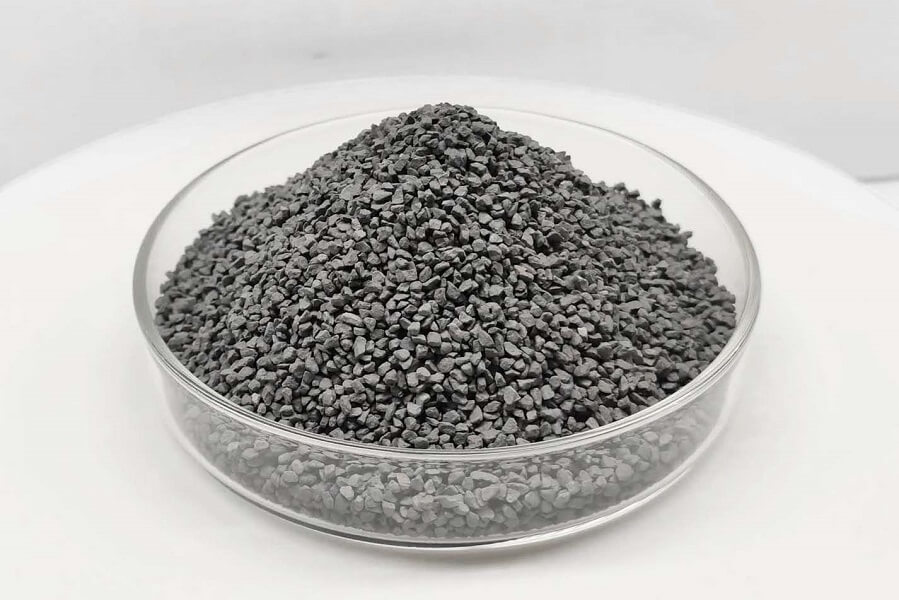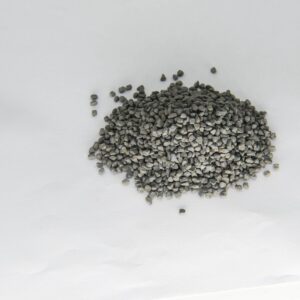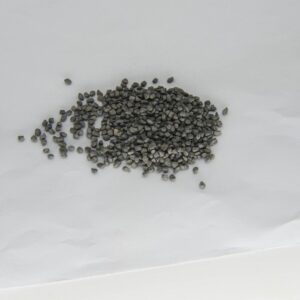Zirconia Toughened Alumina Ceramic Properties
| Physical Property | Units | Typical Value |
| Density | g/cc | 4.17 |
| Grain Size | μm | 6 |
| Hardness (Vickers) | GPa | 14.5 |
| Fracture Toughness | MPam^1/2 | 6 |
| Flexural Strength | MPa | 586 |
| Tensile Strength | MPa | 344 |
| Compressive Strength | MPa | 2758 |
| Elastic Modulus | GPa | 338 |
| Poisson’s Ratio | – | 0.23 |
| Coefficient of Thermal Expansion | 1 x 10-6 in/in °C | 6 |
| Volume Resistivity | Ω-cm | 10^14 |
| Prime Features |
| Higher Strength Than Alumina | Lower Cost Than Zirconia |
| High Corrosion Resistance | High Erosion Resistance |
| High Fracture Toughness | Capable Of A Very Fine Surface Finish |
| Typical Applications |
| Standoffs | Pump Piston Sleeves |
| Insulators | Instrument |
| Probe Bodies | Sensor Bulbs |
| Pump Components | Valve Seals |
| Bushings | Impellers |
| Fluid Delivery System Components | Analytical Instrument Columns |
| Application Limitations |
| ZTA Does Provide A Higher Strength Than Alumina, But The Temperature Limitation Of 1500 C (2732 F) Must Be Observed. Above This Temperature The Strength Contribution Of The Zirconia Is Reduced. | Use In Moist Environments At Temperatures Above 250C Also Must Be Carefully Considered As The Zirconia Is Subject To Low-Temperature Degradation. |






